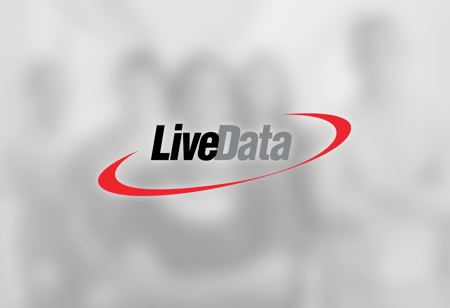Scheduling Technologies: How to Minimize Shift Replacement Costs

The article you are about to read was published before October 5, 2023, when LGI Healthcare Solutions was still named "Logibec". It is therefore possible that the text or certain images refer to the company's former branding, as well as the former naming of our solutions. Thank you for understanding.
Regardless of the tools you use, staff scheduling is a complex endeavor in and of itself. More often than not, as soon as you publish your schedule, the change requests start pouring in, and you spend more time and energy trying to find the right replacements. You have to know which employees are available to cover, and then you have to balance your available employees with seniority, scheduling rules, union requirements, and budgetary restrictions. Once you have your list of potential replacements, you have to find one who will accept the shift and may even have to make changes to the shift itself in order to find coverage. If you’re doing this process manually, you could be losing out on valuable cost savings that make a big difference in healthcare budgeting.
Access to Reliable Staff Information
One of the best ways to improve the shift replacement process is to have quick access to reliable information about your available staff. Instead of mining through past and current schedules, position information, and collective agreements to find someone to take a shift, you could simply select the shift to be replaced and be presented with a list of employees who are ranked, by various criteria, in the order they should be offered that shift. In LGI Scheduling, we use a combination of indicators and replacement rules to automatically generate this list for you, saving valuable time in the replacement process.
Generate A Trustworthy On-Call List
Automatically generating the list of who to call is just one advantage; selecting an employee in this list previews the offered shift in relation to their existing schedule, giving you clear visibility into potential scheduling conflicts or overtime incurrences. Part of our extensive system configuration includes building in all of the scheduling restrictions specified by collective agreements and based on employee groups, so you know whether offering the shift to this employee is likely to conflict with existing shifts or will generate large overtime premiums on all or a portion of the shift.
Occasionally, an employee would be able and willing to take a modified version of the shift - LGI Scheduling further streamlines the replacement process by permitting shift edits directly in the Shift Replacement tool. You can split the shift into portions while you’re discussing it with the employee, and assign the portion that they can accept to them right away, leaving the remaining portion to be scheduled independently.
Shifts Alerts to Available Employees
Of course, these options are well-suited for scheduling replacements for long call shifts, but often in healthcare scheduling, you’ll need to find the first person available to work a short-notice shift. Using the same replacement rules as the standard Shift Replacement feature, your scheduling office can send out mass alerts to eligible employees through our Automated Shift Callout feature, allowing employees to respond if they’re interested. When the callout period closes, the interested employees are listed in order of eligibility criteria so you know right away the order you should offer them in order to avoid incurring grievances. All of this functionality has been designed to help you get the most out of the people you employ without having to resort to more expensive measures, like costly agency nurses.
LGI Scheduling, Your Solution to Minimize Shift Replacement Costs
LGI Scheduling has been purpose-built by healthcare experts to streamline the shift replacement process so that you can make the best use of your time, your staff, and your budget while making sure that your staffing levels are optimal for safe and efficient patient care. This software provides multiple methods of filling shifts while using the same configured rules for each method, meaning you can feel confident that you’re working with information and schedules that are accurate and up-to-date.
Learn More by Downloading our eBook
Want to learn more about how to scale your scheduling operations, and reduce overtime costs and administrative work? We encourage you to download our eBook, Enhancing Nurse Scheduling Efficiency: Simplified Process for Stakeholders, to gain insights into ways your organization can improve its schedule management processes to the benefit of both staff and patients.






